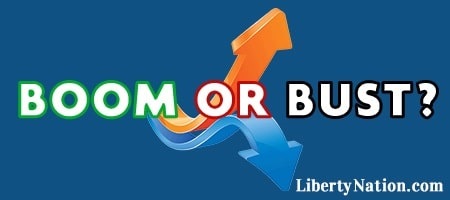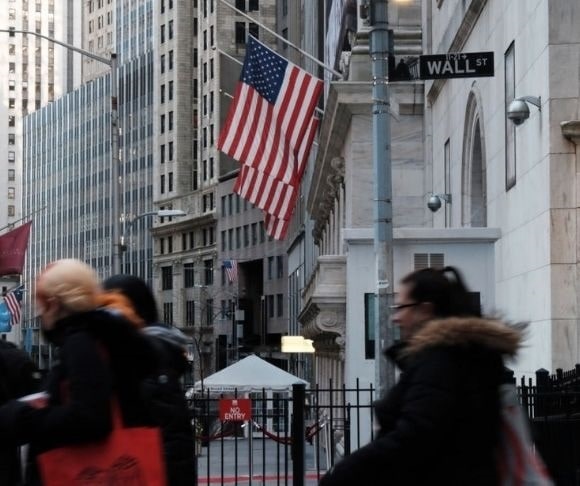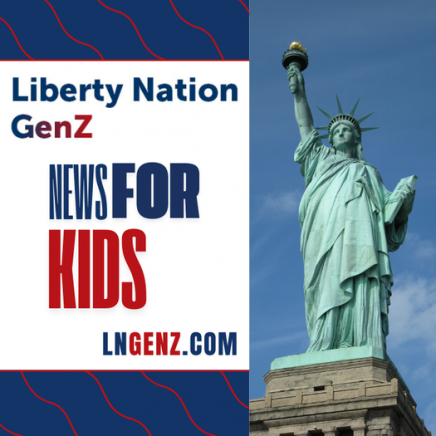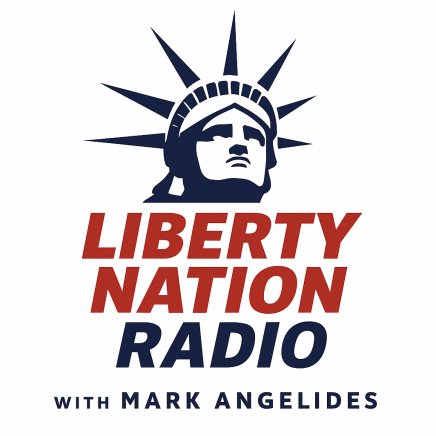Are institutional investors and market analysts watching reruns of That ’70s Show? If so, it might explain why Wall Street is increasingly uttering the dreaded S-word in daily analyses, research notes, and commentary. Is stagflation a growing possibility in today’s post-crisis economy? While the Federal Reserve is close to achieving its mandate of full employment, inflation and anemic growth are on the menu for the United States. If so, President Joe Biden and the Democrats could be saying goodbye to dreams of holding keys to the White House in 2024. Remember, it’s always the economy, stupid.
Stagflation or Boomflation?
 Here is a summary of what is going on in the financial markets: The Federal Reserve will be raising interest rates this year to fight four-decade-high inflation. The markets are debating how aggressive or cautious the more-than-century-old institution will be this year. But without easy money and asset purchases, an increasing number of experts are anticipating a slowdown and perhaps even a downturn in the national economy.
Here is a summary of what is going on in the financial markets: The Federal Reserve will be raising interest rates this year to fight four-decade-high inflation. The markets are debating how aggressive or cautious the more-than-century-old institution will be this year. But without easy money and asset purchases, an increasing number of experts are anticipating a slowdown and perhaps even a downturn in the national economy.
In January, Liberty Nation reported on the Federal Reserve Bank of Atlanta’s GDPNow model, suggesting that the gross domestic product would expand at a tepid 0.1% in the first quarter. While the regional central bank notes that this is not an official forecast, these regularly updated models have been close to accurate in recent quarters, plus or minus a few percentage points.
But this is not the only estimate flashing the stagflationary signal. Everyone’s go-to downturn indicator – the inverted yield curve – is turning heads again. The shorter-term Treasurys, like the one- and two-year bills, are surging and could climb above the benchmark 10-year yield. Fed research has indicated that the yield curve has accurately predicted every recession, except one, since 1955.
Meanwhile, as the leading benchmark indexes slump and growth stocks take a nosedive, investors have been pouring into conventional safe-haven assets this year amid the U.S. central bank tightening monetary policy and raising rates. The consensus on The Street is that the Eccles Building will pull the trigger on a rate hike at every Federal Open Market Committee (FOMC) policy meeting this year.
This has a growing number of Wall Street titans anticipating sluggish economic growth over the next few quarters, with many of these experts slashing their GDP growth rates and warning about stagflation.
Goldman Sachs recently cut its GDP projection for 2022, forecasting a meager 0.5% boost in the January-March period. The bank cited the lack of fiscal support that “should weigh on consumer spending.” If not for the pent-up savings over the last couple of years, with some estimates as high as $2.5 trillion, consumption would collapse. For now, however, a sideways economy might be the new normal.

(Photo by Spencer Platt/Getty Images)
For weeks, the Bank of America has been warning that investors have been missing various stagflation risks in the broader economy. Amundi, an asset management firm, sees inflation “permanent and uncertain” as both the U.S. and global economy shift toward stagflation. Morgan Stanley asserts that the amount of hiking the Fed will need to embark upon to curb rampant price inflation could stall the economy. Wellington Management does not believe the United States will mirror the 1970s, but “worsening in the growth/inflation trade-off does seem likely.”
“The current period reflects many aspects of prior stagflation episodes. For a sustained stagflation episode to evolve, we would likely need to see continued wage increases to support demand and no strong improvement on the supply side of the economy,” said Nick Petrucelli, a portfolio manager at Wellington, in a note.
And then there is the much-feared R-word. Should inflation accelerate, prompting the Fed to tighten too fast, Chair Jerome Powell and his colleagues could trigger a recession, warns economist Steve Hanke, a professor of Applied Economics at the Johns Hopkins University in Baltimore. He recently told Kitco that Fed officials “really don’t know what they are doing,” potentially giving the country the worst of both worlds: recession and inflation.
Even many of the short bets in the equities arena, from the institutional to the armchair, are hinting at stagflation.
Bidenomics and Powellflation Haunt America
Is the U.S. economy teetering off a cliff? Evidently, the last couple of years had been a mirage of prosperity – both in the financial markets and on Main Street. This is what happens when the federal government and the Federal Reserve pump out one-third of all U.S. dollars ever created in the nation’s history. It will produce an artificial high, a euphoric feeling that creates dependency. Now that the central bank must wind down its pandemic-era liquidity injections, the United States will go through a shock and withdrawal. Be it stagflation or recession, the next couple of years will be must-see TV.
~ Read more from Andrew Moran.







